
This post should not be seen in any way as an endorsement of chemical bird repellents – generally, we assume our readers want to attract birds, not repel them. Plus, there are other, non-chemical ways to repel birds. But still, it is interesting to learn which chemicals are used to repel birds, how they work, and how effective they are.
If you search for “chemical bird repellent”, Google will show you a broad range of advertisements (that is their source of income, after all) with a large number of products with cringeworthy names such as
- Bird-B-Gone Bird-Out
- Bird-X Bird Proof Gel Repellent
- Bird Stop Liquid
- Flock Free Bird Repellent Ready to Use Spray
- Bird Stop Repellent
- Bird Barrier Optical Gel Multisensory Bird Repellent
- Pesto Bird Gel
- Avian Migrate Goose and Bird Repellent
- EcoBird 14.5 Bird Repellent Spray
- Goose Chase
- Bird Shield
This is not a comprehensive list – in 2023, there were 17 different products registered as non-lethal bird control products by the US EPA (source). Not all products target the exact same application:
- Foliar/fruit repellents are used to prevent birds from eating fruits and leaves
- Seed repellents are used to prevent birds from eating seeds
- Water repellents are used to prevent birds from visiting, e.g., fishponds
- Area repellents are used to prevent birds from visiting a broader area (e.g., a runway at an airport)
- Bait repellents are designed to prevent non-target birds from eating toxic bait (e.g., for rodents)
Despite the relatively large number of products and applications, the total number of active ingredients used in all these products is only 4 or 5. This is probably because while a large number of chemicals have been tested as bird repellents (see here for an overview), only a small number turned out to be effective. For example, while 48 seed repellent chemicals were found to be effective in most experiments, these are only 4% of the 1384 repellents tested.
So, what are these chemicals in current US bird repellent products, and which chemicals are used in which application? The table below shows this.

Strangely, the source from which this data is taken mentions polybutene as an active ingredient of at least one of the 17 products, but does not assign it to an application category.
Let’s have a look at these chemicals and how they work.
Methyl Anthranilate is an ester of anthranilic acid and methanol. It is naturally found in grapes and other fruits, but mainly synthesized chemically (the naturally extracted product is at least 20 times as expensive). It works by irritating the trigeminal nerves of birds (found in the bill, eyes, and throat), which causes discomfort upon inhalation or contact. One of its main uses is to repel birds from whole areas such as airports or golf courses. Due to the irritation caused by the chemical, some birds learn to avoid the treated areas. But it needs to be reapplied after rain or irrigation.

Anthraquinone is an aromatic organic compound. Birds eating it experience discomfort afterwards and thus gradually learn to avoid it. It is sprayed on fruit or crops and is effective for geese, pigeons, and some blackbirds.
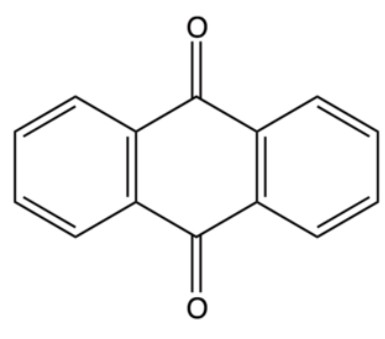
Capsaicin is the active component in chili peppers. While the review that is my main source for this post mentions it as an active ingredient in water repellent products, there is a substantial amount of literature stating that it has no irritant effect on birds. So, it is quite possible that it is just added to some repellent products to repel insects.

Polybutene is a long-chain polymer that appears as a sticky, non-drying resin. When birds land on it, the stickiness makes them feel uncomfortable. It is therefore applied in strips on preferred perches of birds such as pigeons and sparrows.
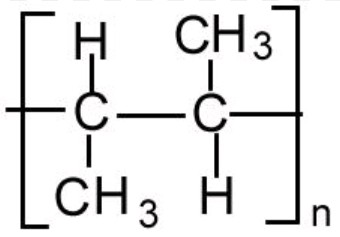
Methiocarb, 4-(methylthio)-3,5-xylyl N-methylcarbamate, is a carbamate insecticide, but in birds, it acts more to create aversion than as a toxin. Birds eating seeds or fruit treated with methiocarb experience nausea, later experience discomfort and nausea and learn to avoid food treated with methiocarb.
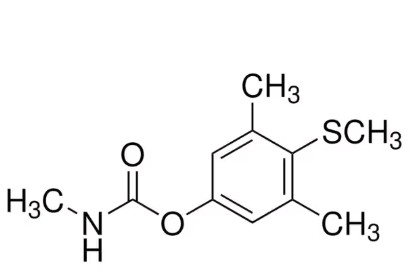
Overall, the effectiveness of chemical bird repellents is only moderate. It does not work similarly well for all species and requires continuous efforts to maintain the relevant concentrations to be effective. This holds true to an even larger extent for those bird repellents sold as “natural” (which also tend to be more expensive). Other methods, such as netting or live predators (falcons), are more effective but may be costly, labor-intensive, and not applicable in all environments.
Photo: “Bird repellent – do not touch, Ryde Esplanade railway station – geograph.org.uk – 4661915” by Jaggery is licensed under CC BY-SA 2.0.






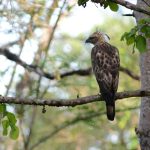
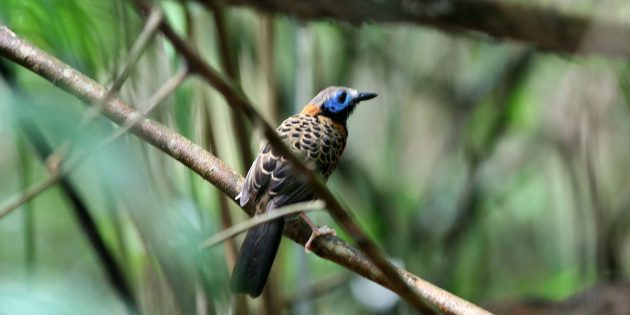
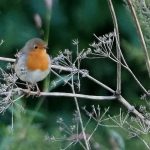
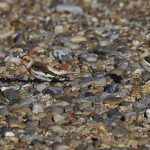
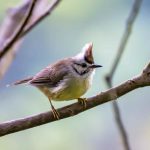

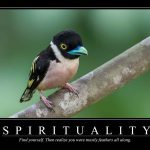
Not feeding pest species (like feral pigeons) works really well. Of course, one will face the most formidable foe of all: the bird-feeding old lady.